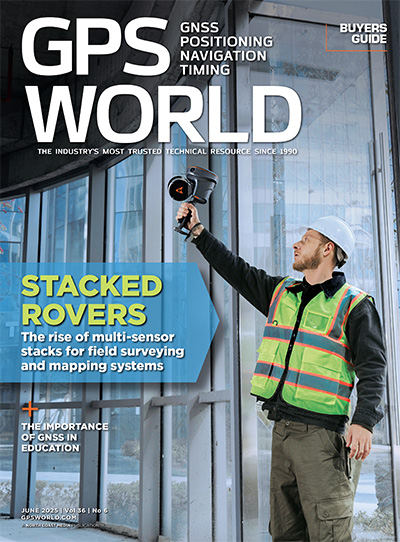Esri maps highlight net neutrality implications
With discussions about net neutrality intensifying, Esri has created a suite of interactive maps to illustrate the current state of internet access and behavior across the United States.
From analyzing predominant internet connection types to highlighting the communities that have already been left behind in the digital divide, these maps provide critical context for understanding how and where potential changes to net neutrality will impact Americans.
All maps were created using Esri’s Market Potential and Updated Demographics data.
The map below shows where U.S. citizens currently have the greatest access to high-speed internet and explores which type of connection (cable, fiber optic or DSL) is most common in each community.
What Do Americans Do Online?
Discover where Americans are most likely to engage in the type of high-bandwidth, high-visibility behaviors (such as streaming movies or playing games online) that would be most impacted by potential changes to net neutrality. The map also shows where adults are most likely to spend 10+ hours a day online.
The map below shows the 10 ZIP Codes in the U.S .where adults have the lowest access to high-speed internet.
Tour the 10 ZIP Codes in the U.S. where the highest percentage of adults spend at least 10 hours a day online.


















Follow Us